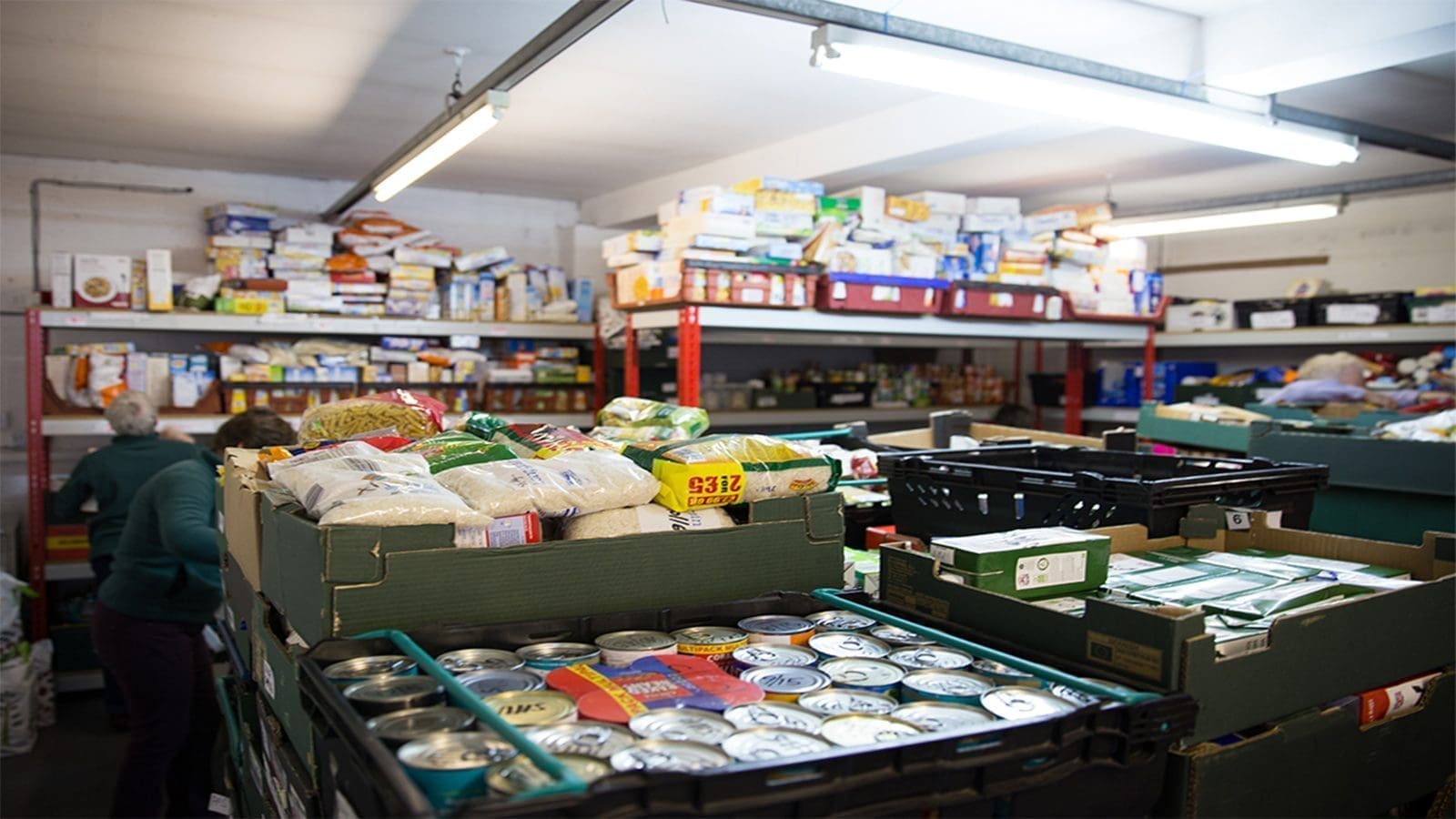U.S – A new study from the Centers for Disease Control and Prevention has implied that relying on labeling and cooking instructions might not be sufficient to prevent illness.
This is after the study found that more than one-half of respondents reported using an appliance other than an oven to cook frozen stuffed chicken products despite changes to packaging which instruct consumers to cook these products in ovens and to avoid using microwaves.
The study, titled “Appliances Used by Consumers to Prepare Frozen Stuffed Chicken Products,” is timely and significant as raw frozen stuffed chicken products remain a source of Salmonella outbreaks.
In August of this year, the USDA’s Food Safety and Inspection Service (FSIS) moved to label all strains of Salmonella an adulterant in breaded and stuffed raw chicken items, focusing specifically on these types of products.
One of the reasons the USDA’s Food Safety and Inspection Service (FSIS) is taking this move, according to Sandra Eskin, Deputy Undersecretary for Food Safety, is that raw breaded and stuffed chicken is one of the most confusing products for consumers.
Consumers are frequently confused because the raw products can look fully cooked. However, these products are only partially cooked to set the breading (often making them appear fully cooked).
To make sure that these goods are safe to eat, they must be cooked to an internal temperature of 165 degrees F (74 degrees C).
Previous research has shown that some consumers rarely read the instructions on the package. One study indicated that some consumers threw away the packaging after bringing the products home and never saw the cooking instructions.
The poll indicated that respondents with lower incomes and who live in mobile types of residences reported decreased oven use and increased microwave use.
Microwave usage may be encouraged by obstacles to utilizing ovens as well as the ease of microwave cooking times.
The study found that the wattage of the microwave must be taken into account while altering cooking durations.
Consumers may not be able to change cooking times and may consequently be less likely to prepare these goods safely if they don’t know the wattage of their microwave, as was the case for about one-third of survey participants.
Even though ovens were the most often mentioned device for cooking frozen stuffed chicken products, 54% of respondents said they also used other appliances, including microwaves at 29% of consumers.
Additionally, 8% of respondents who acknowledged using a microwave to make these items and knew the wattage used microwaves with 750 watts or less of power.
According to certain tests, these products might not be thoroughly cooked using lower-power microwaves.
Adding to the potential of food poisoning is that food thermometer usage can be low.
Only 38% of people who frequently used food thermometers to check the doneness of frozen chicken products were found to own one, according to one survey.
The results of the study indicate that following cooking instructions and labeling may not be enough to prevent illness.
To guarantee safety, the researchers advise companies to design interventions that rely less on labeling and consumer preparation practices, reports Food Safety News.
For all the latest food safety news from Africa and the World, subscribe to our NEWSLETTER, follow us on Twitter and LinkedIn, like us on Facebook and subscribe to our YouTube channel.








